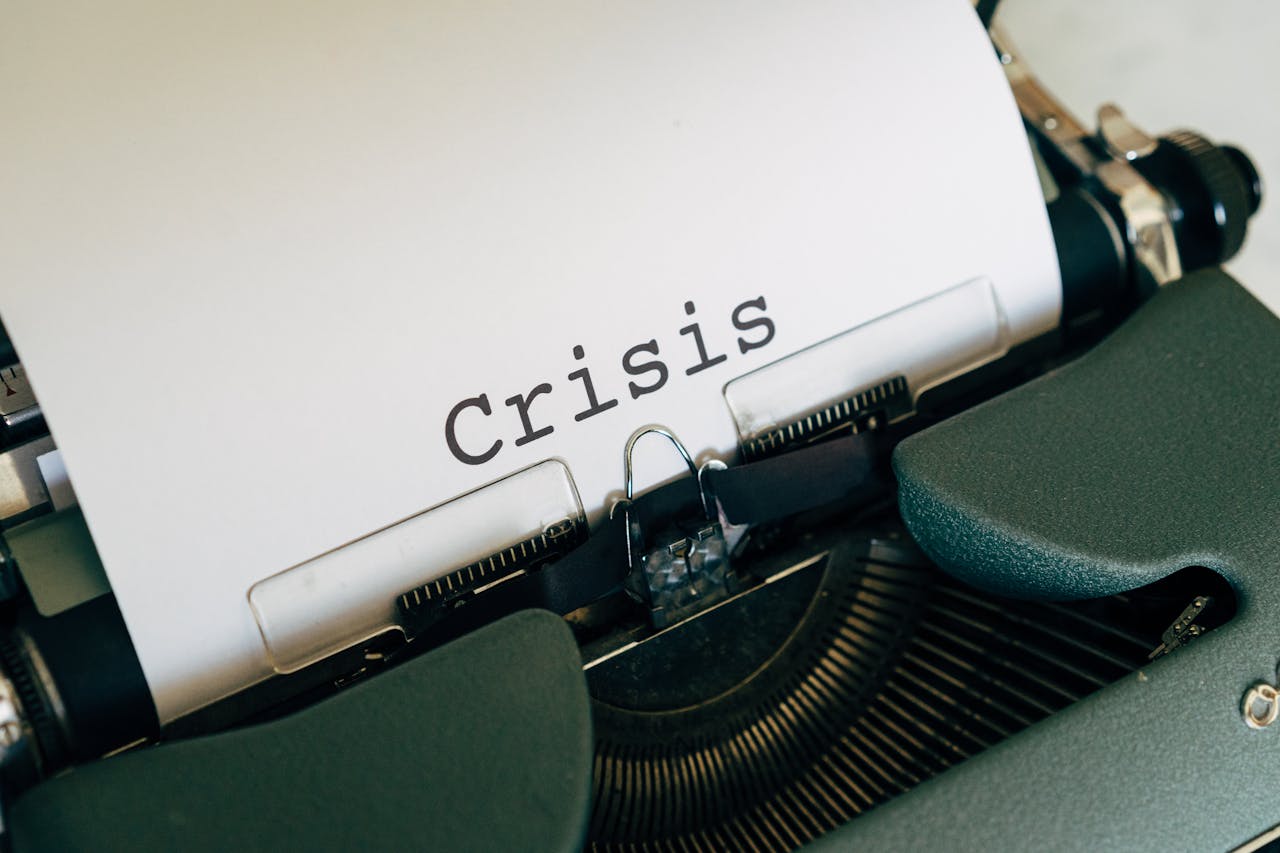
The past few years have been a stark reminder that uncertainty is not a question of “if” but a question of “when.” From market volatility and economic downturns to pandemics, political instability, and natural disasters, even the most carefully built fortunes can be shaken without the right safeguards in place.
For high-net-worth families, crisis planning is not just about surviving a disruption. It is about ensuring that wealth, values, and family harmony are preserved, no matter what happens. Without a coordinated strategy, crises can lead to forced asset sales, preventable tax losses, and family disputes that erode your legacy.
This guide covers the core elements of crisis planning every affluent family should have in place, along with practical steps you can take now to secure your future.
Crisis planning begins with identifying the potential risks to your wealth and legacy. While some threats are personal and specific to your circumstances, others are broader and systemic.
Pro Tip: Your threat list should be reviewed annually and updated when major personal, business, or geopolitical changes occur.
A well-crafted estate plan is the foundation of crisis protection. If your documents are outdated or incomplete, a crisis can trigger legal battles, unnecessary taxes, and asset mismanagement.
A client with multiple business interests faced a sudden illness. Because powers of attorney were in place, their designated trustee was able to maintain operations and prevent significant financial losses.
In a crisis, cash is flexibility. Many high-net-worth families are asset-rich but cash-poor, which can lead to unfavorable asset sales when liquidity is urgently needed.
Pro Tip: Liquidity reserves should be separate from investment accounts used for long-term growth.
Insurance is one of the most underutilized crisis planning tools. The right policies can provide immediate funds when you need them most without forcing the liquidation of long-term assets.
After a devastating wildfire, a family with high-value property insurance rebuilt without dipping into investment accounts, preserving portfolio performance during a market downturn.
Concentration risk can magnify the impact of a crisis. Diversification is not just about spreading investments across sectors, it can also mean geographic diversification for both assets and legal entities.
Pro Tip: Always work with legal and tax professionals to ensure cross-border strategies comply with all applicable laws.
In times of crisis, clear decision-making structures prevent confusion and conflict.
A family with a $100M portfolio avoided internal disputes during a market downturn because roles, responsibilities, and decision-making processes were already agreed upon.
A written crisis response plan is your operating manual for emergencies. It should outline the steps to take, who is responsible, and how communication will flow.
Pro Tip: Conduct an annual “fire drill” to test your plan.
Crisis planning should not exist in isolation. It must be coordinated with your estate, tax, investment, and risk management strategies.
That is exactly what The Bridge Plan™ is designed to do. In just five minutes, our no-cost audit identifies:
At least once a year, or after any major life, business, or economic change.
Underestimating how quickly liquidity can dry up during a crisis, leading to forced sales at poor valuations.
Yes. Many estate plans are not designed for rapid response in a crisis. The Bridge Plan™ ensures all components are aligned and crisis-ready.
Crisis planning is not about predicting the future. It is about creating the structures, liquidity, and governance that will allow your family and wealth to thrive in any environment.
Whether the next disruption comes from markets, politics, health, or nature, having a coordinated plan means you can focus on opportunities instead of scrambling to survive.
Run Free Plan Audit → | Schedule a Call →